Change Management Report: Kotter's Model and ERP Implementation
VerifiedAdded on 2022/03/11
|6
|1291
|28
Report
AI Summary
This report provides an in-depth analysis of change management within business organizations, emphasizing the importance of adapting to the dynamism of the globalized market. It highlights change management as a systematic approach to handling organizational changes, crucial for overcoming resistance, ensuring continuous improvement, and achieving long-term goals. The report focuses on Kotter’s 8-Step Change Model, detailing its three main stages—generation, consolidation, and anchorage—and explaining each step's significance in successful change implementation. It also discusses the practical application of these principles, including a personal experience with ERP system adoption. The analysis underscores how change management supports business organizations in enhancing their operations and achieving strategic objectives such as profitability, competitiveness, and customer satisfaction.
1 out of 6
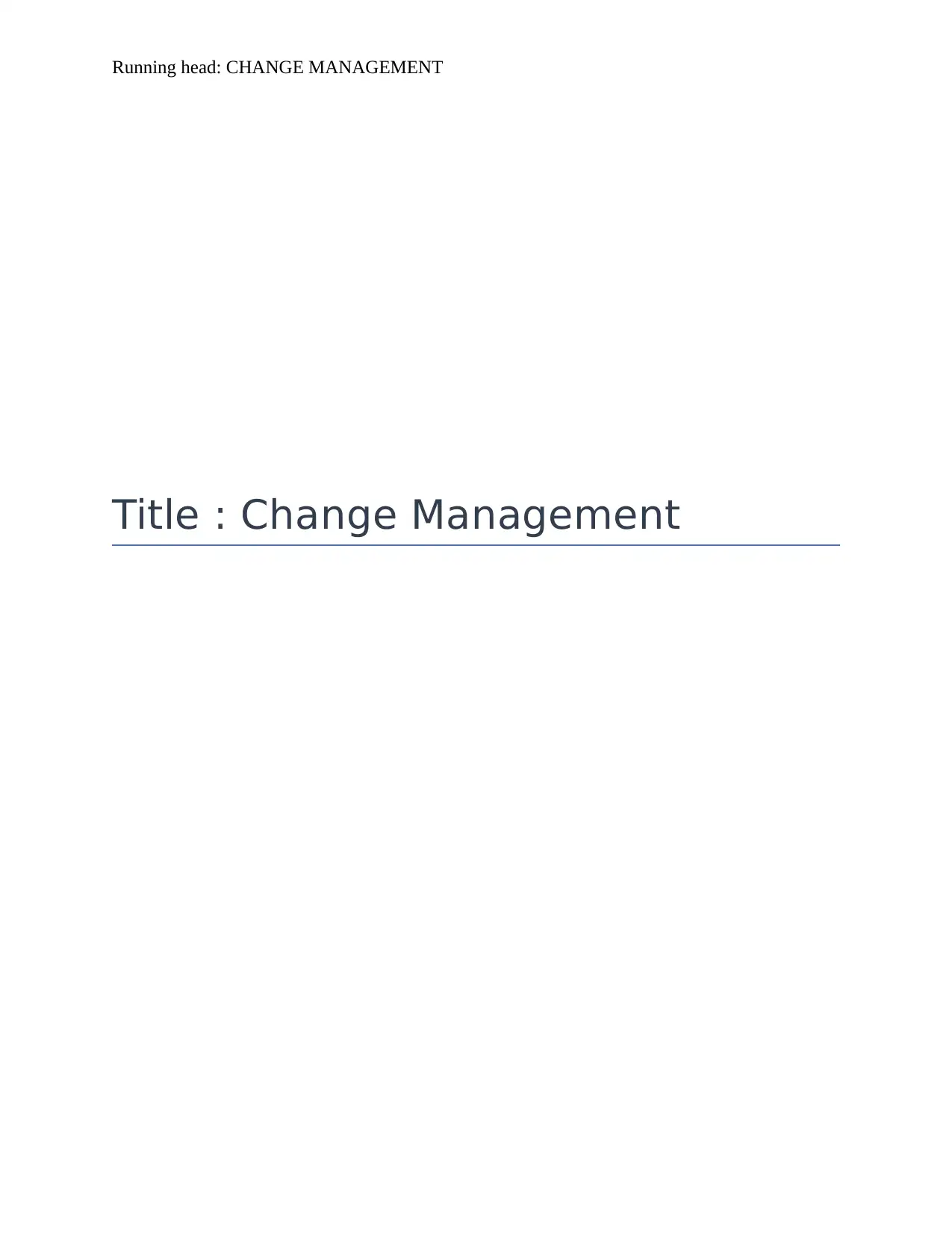
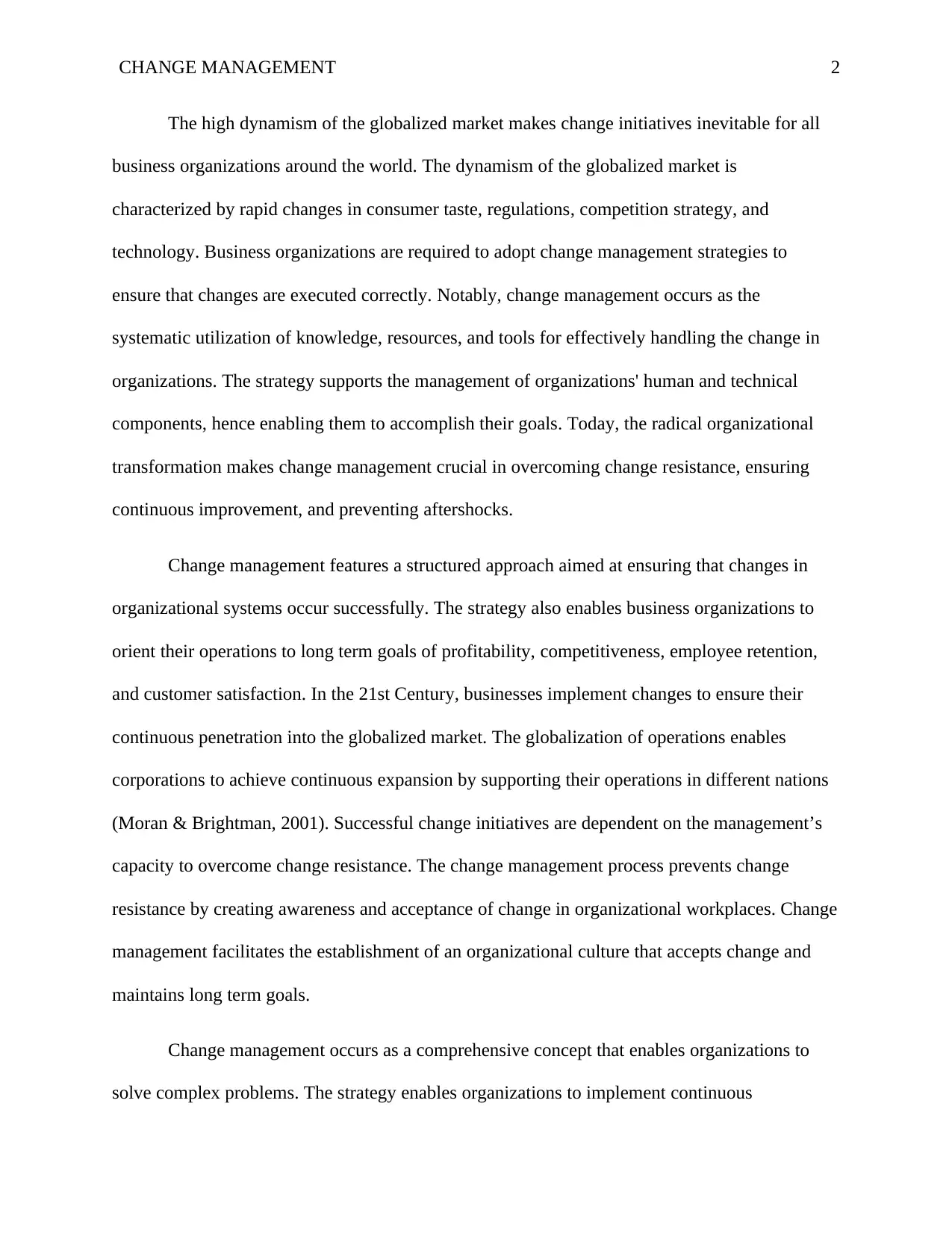
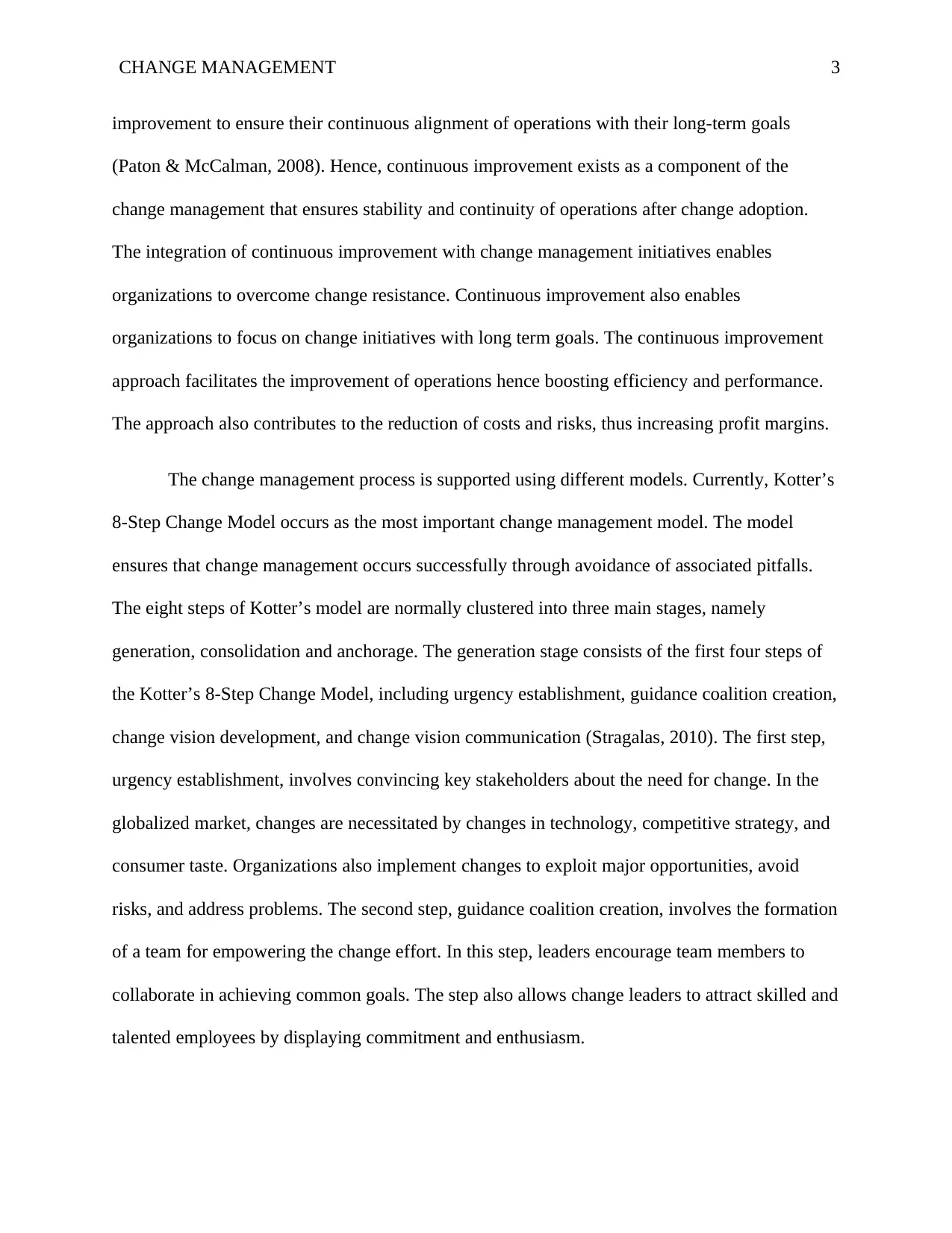
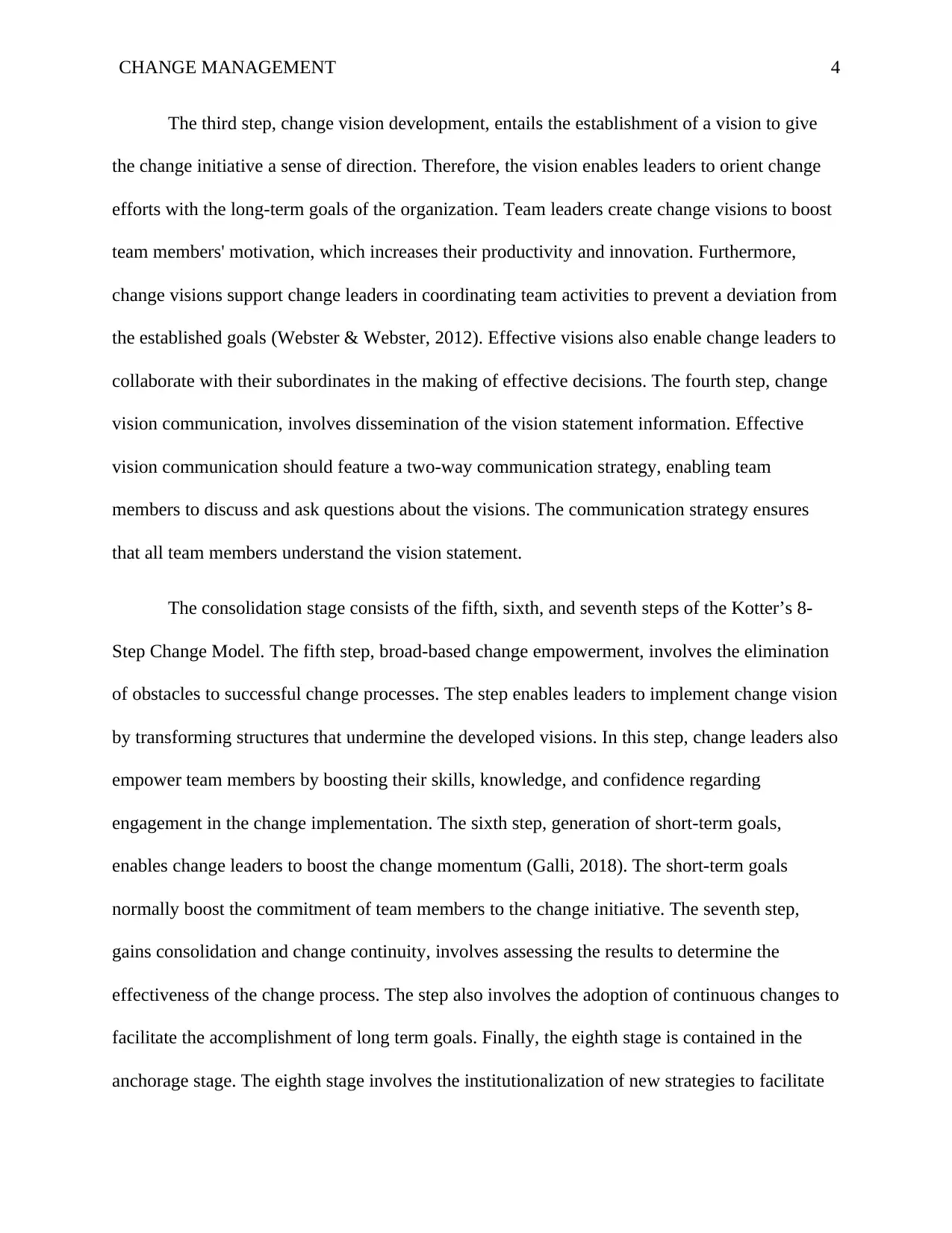
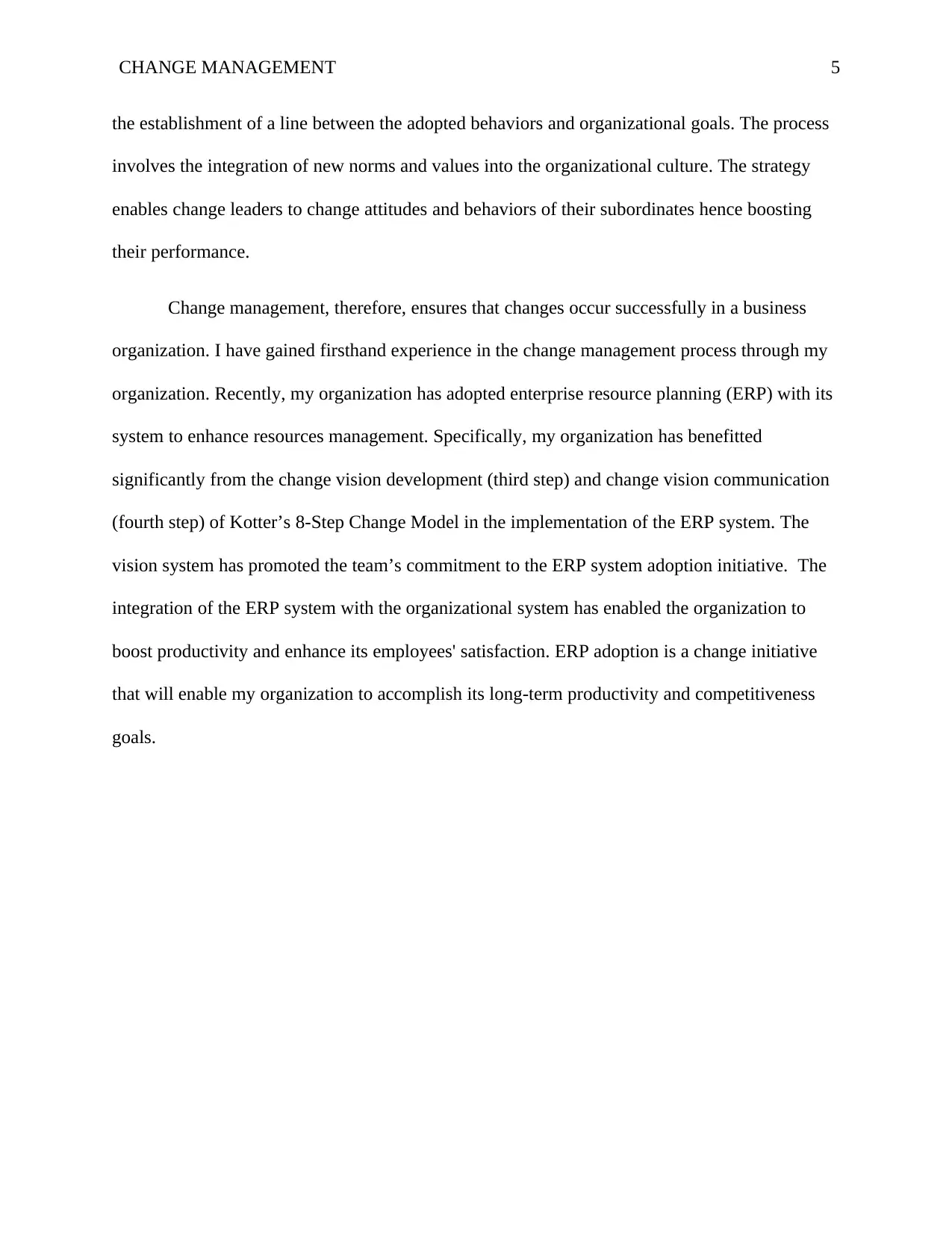
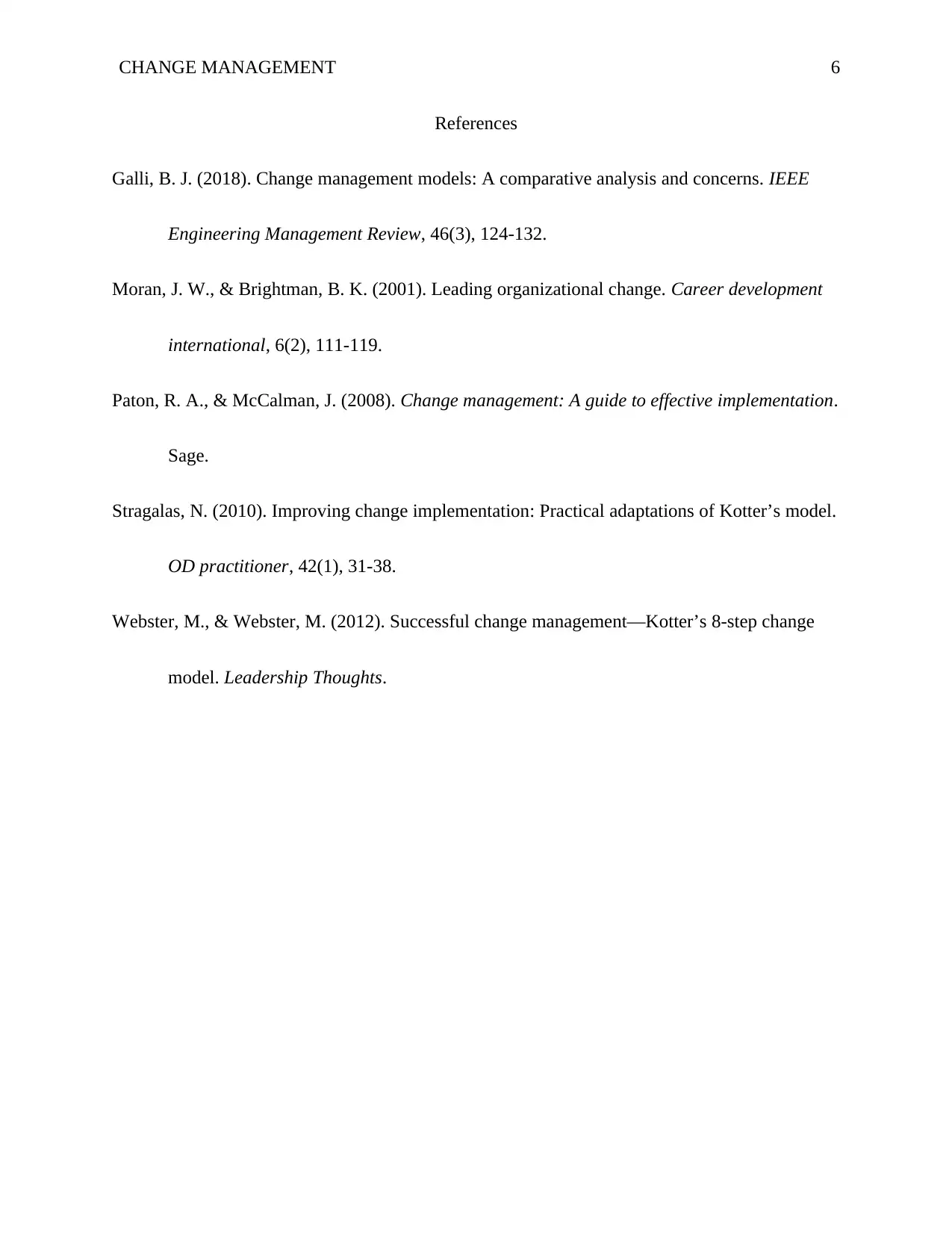






![[object Object]](/_next/static/media/star-bottom.7253800d.svg)